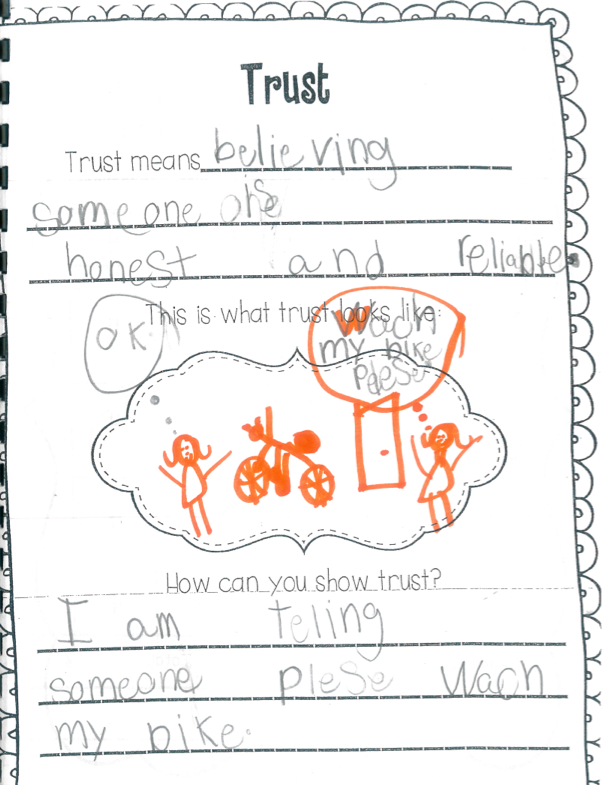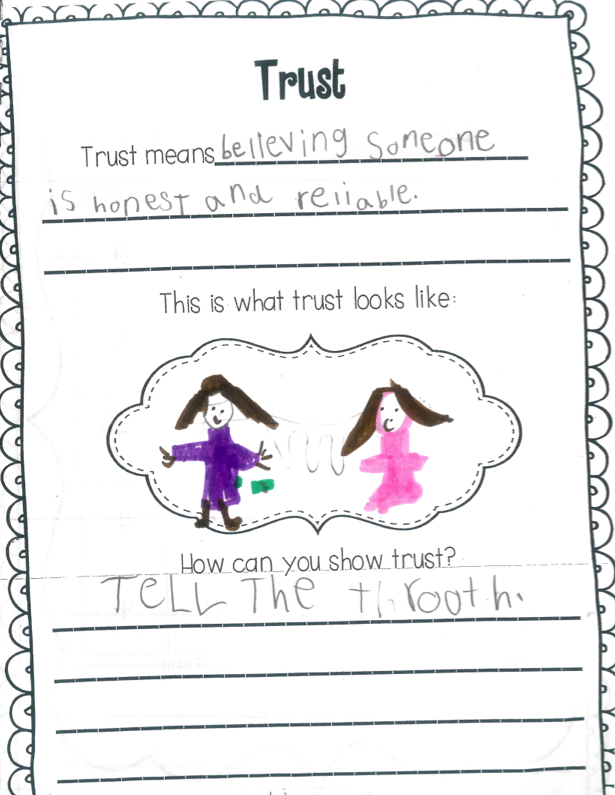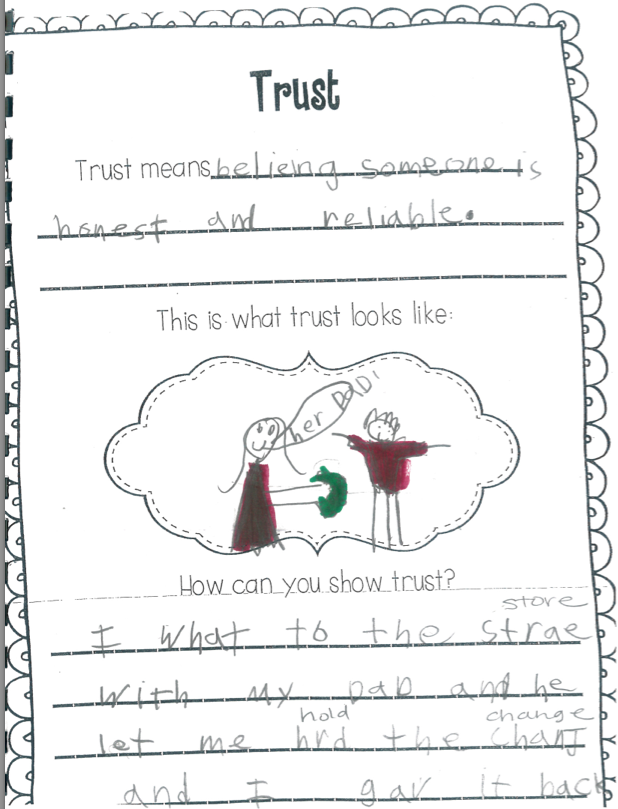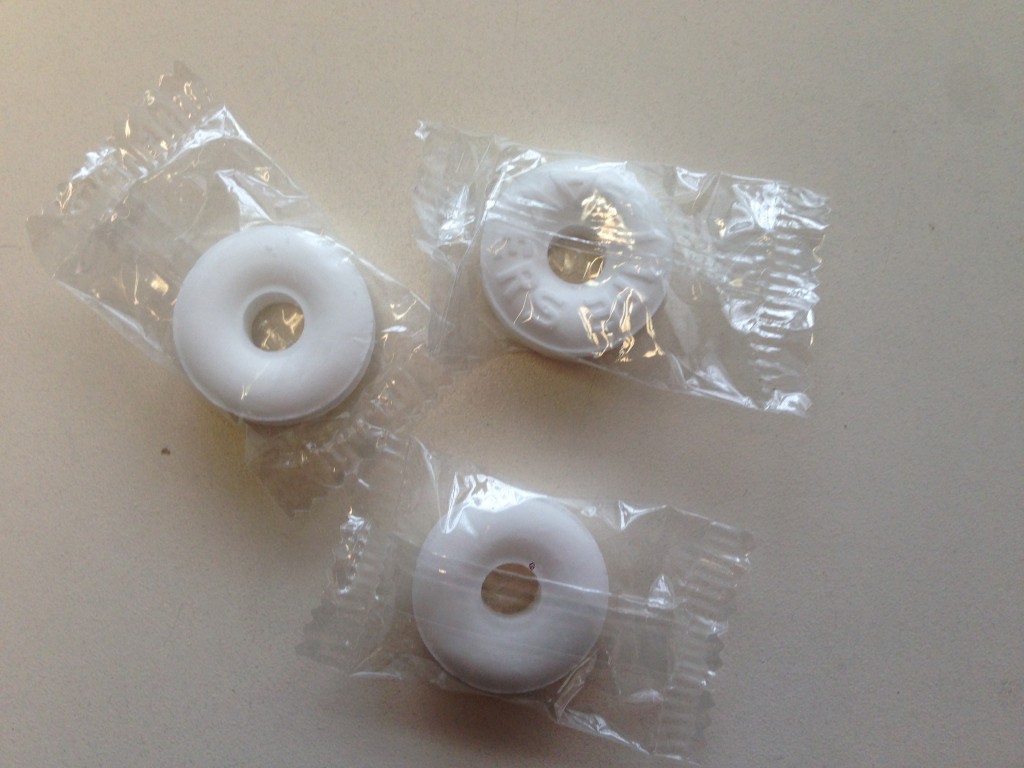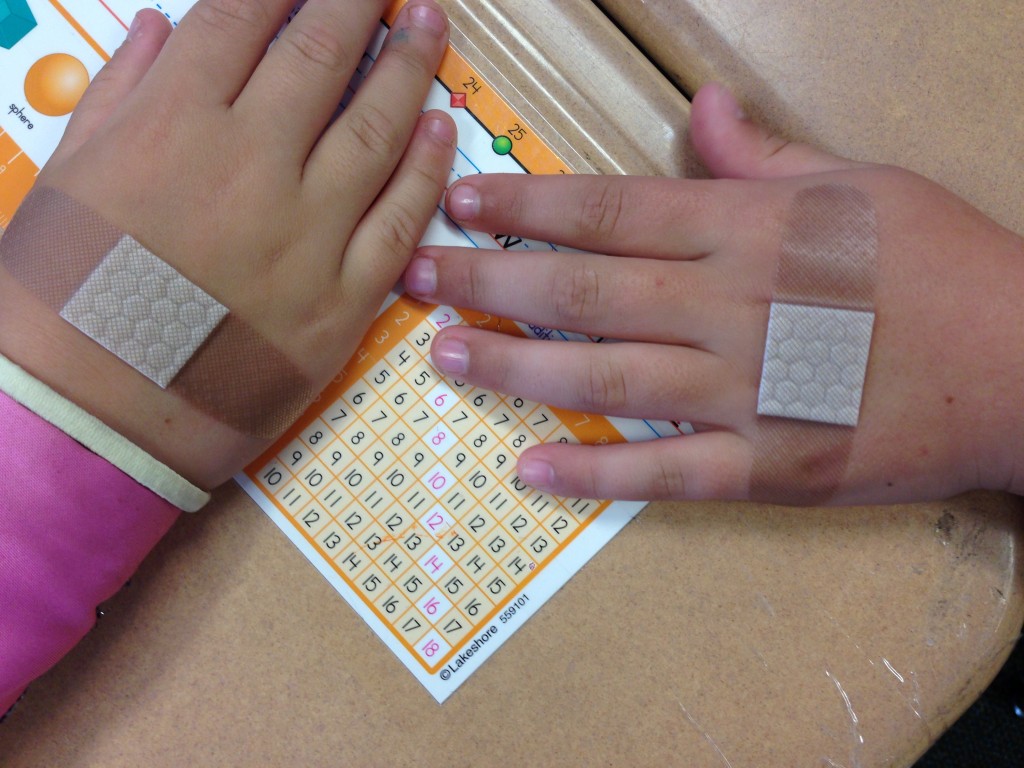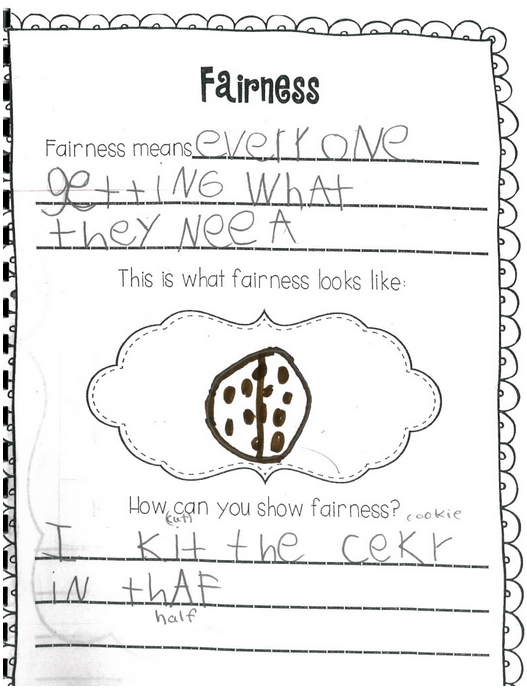Trust
Is it ever ok to tell a lie? Have you told a lie? What happens when you tell the truth? Oh….the stories we heard today! During our Swooper Citizens meeting this morning we revisited the character trait of trust. Our breakout question was, “Is it ever ok to tell a lie?” With wide eyes, the students answered with a resounding, “No!” Then we began to think about certain circumstances….like planning a surprise for someone or telling a lie to protect our safety, and we decided that sometimes, in rare occurrences, people may need to lie…..but telling the truth is usually the better option.
Then, the floodgates opened, and students begged to tell stories about times when they….or THEIR PARENTS (gasp!), had told a lie. I had to get in on the fun and shocked students with the time I threw a nerf Frisbee inside my house (totally against my mother’s rules) and broke a cherished picture frame. Instead of telling the truth, I blamed it on one of my dad’s employees….(who not a believable suspect at all, poor goy….) How the situation would have been different had I told the truth! (What shocked the students the most, though, wasn’t that I told a lie, but that my punishment was that I had to go to bed without dinner!)
Next, we showed a great video clip of a classic story, demonstrating why truth telling is so very important:
Students then listened to a book called Being Trustworthy, which gave many clear examples of trustworthy behaviors, including coming home when your parents tell you, returning extra change after a shopping trip, and following through on obligations.
Here are some of the journal entries the students created:
Just so you know, parents, I did stick up for us and say that there are times when parents need to tell little “untruths” for the good of the family. 🙂
